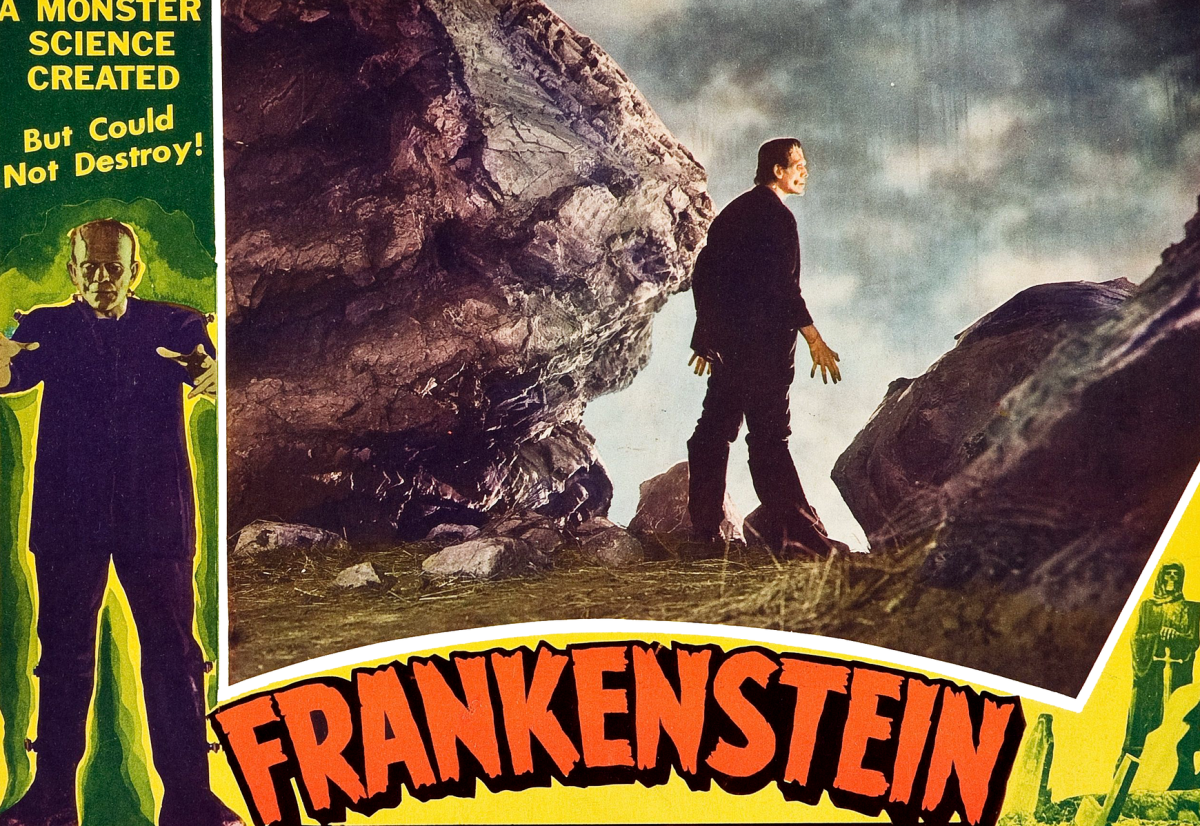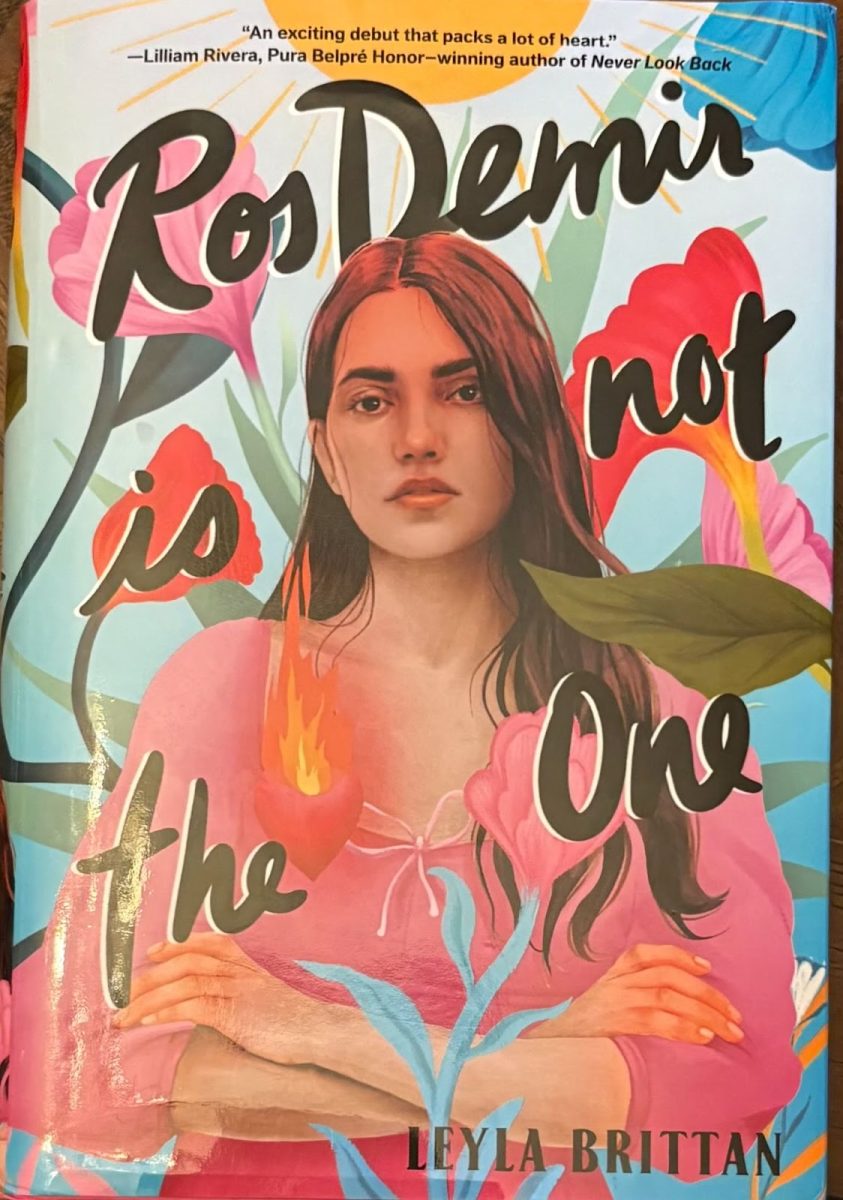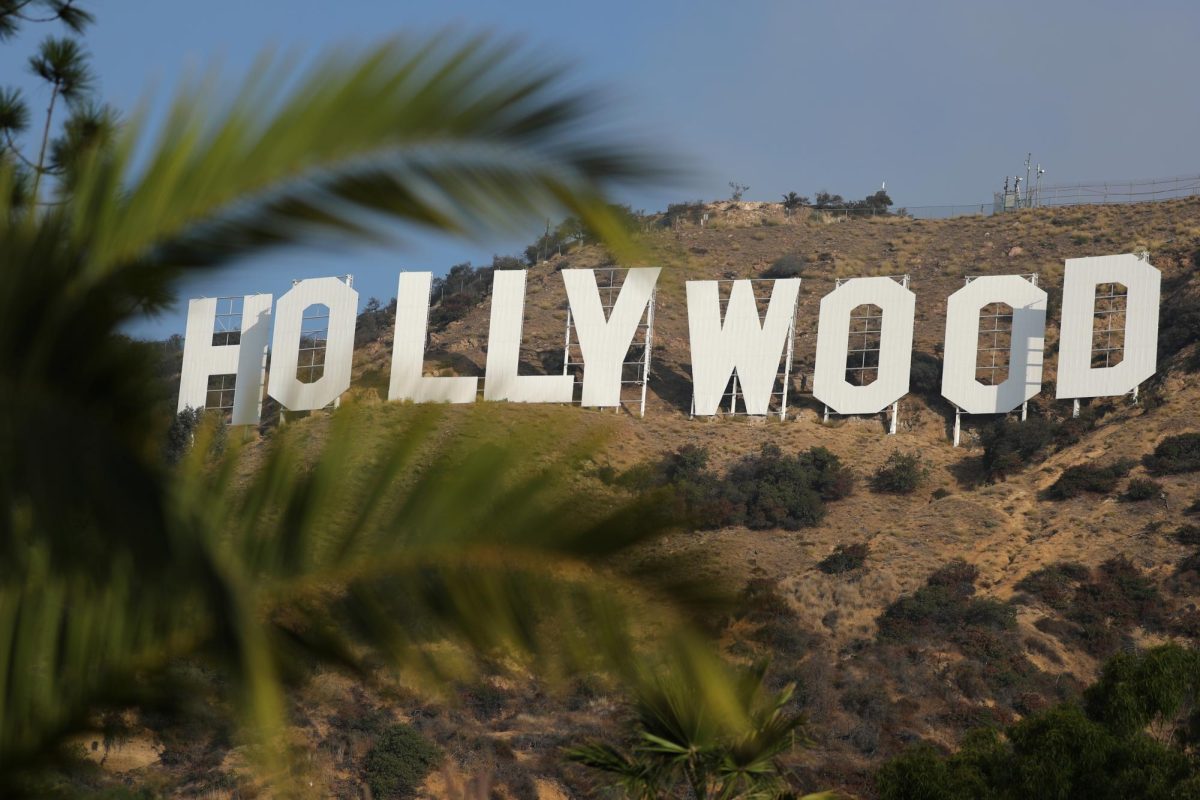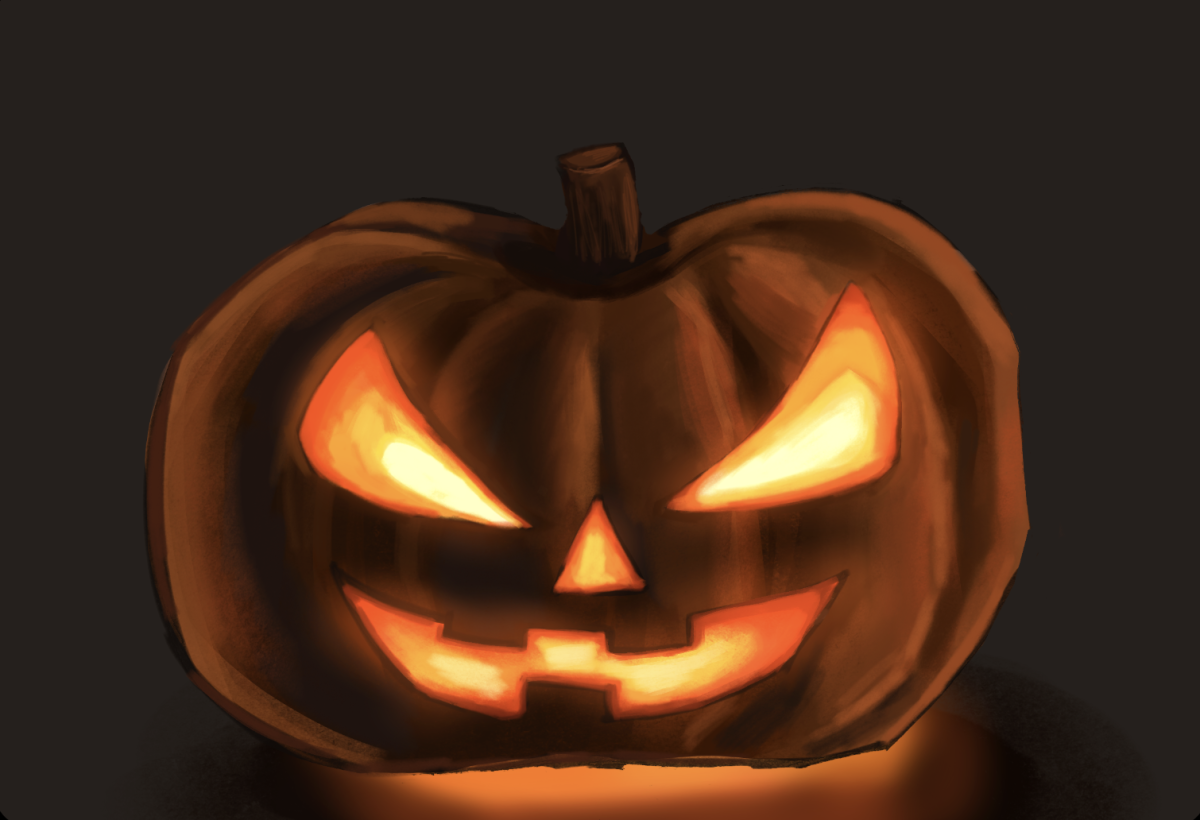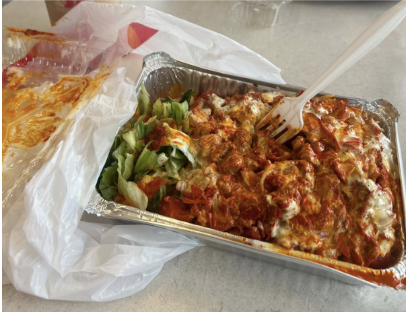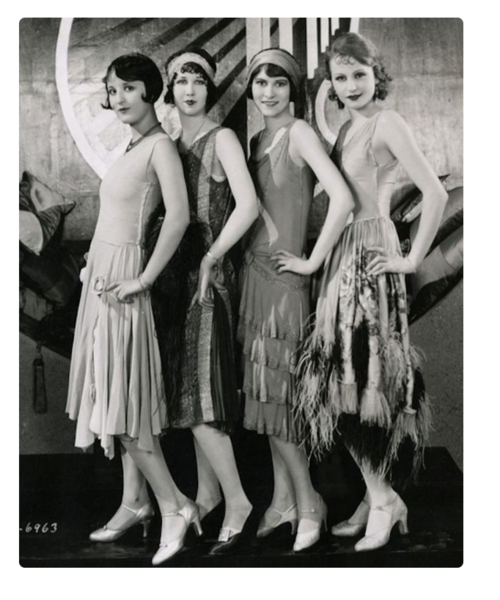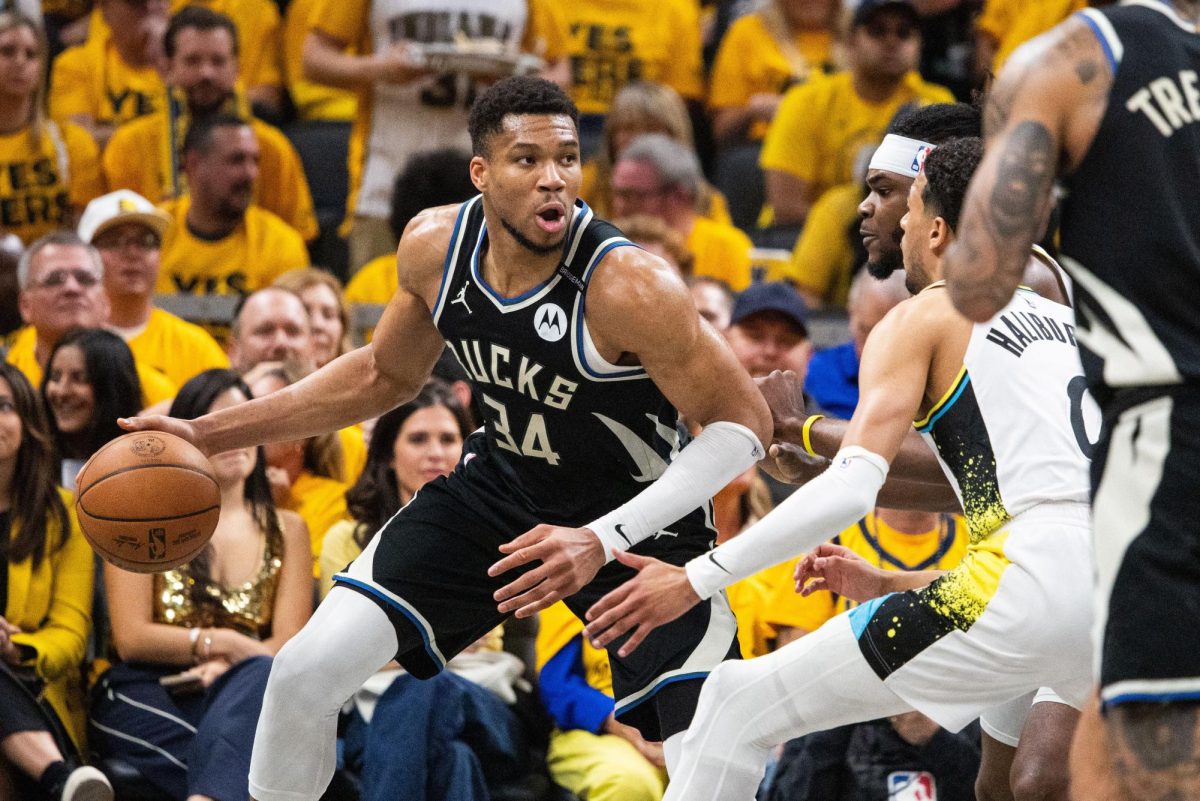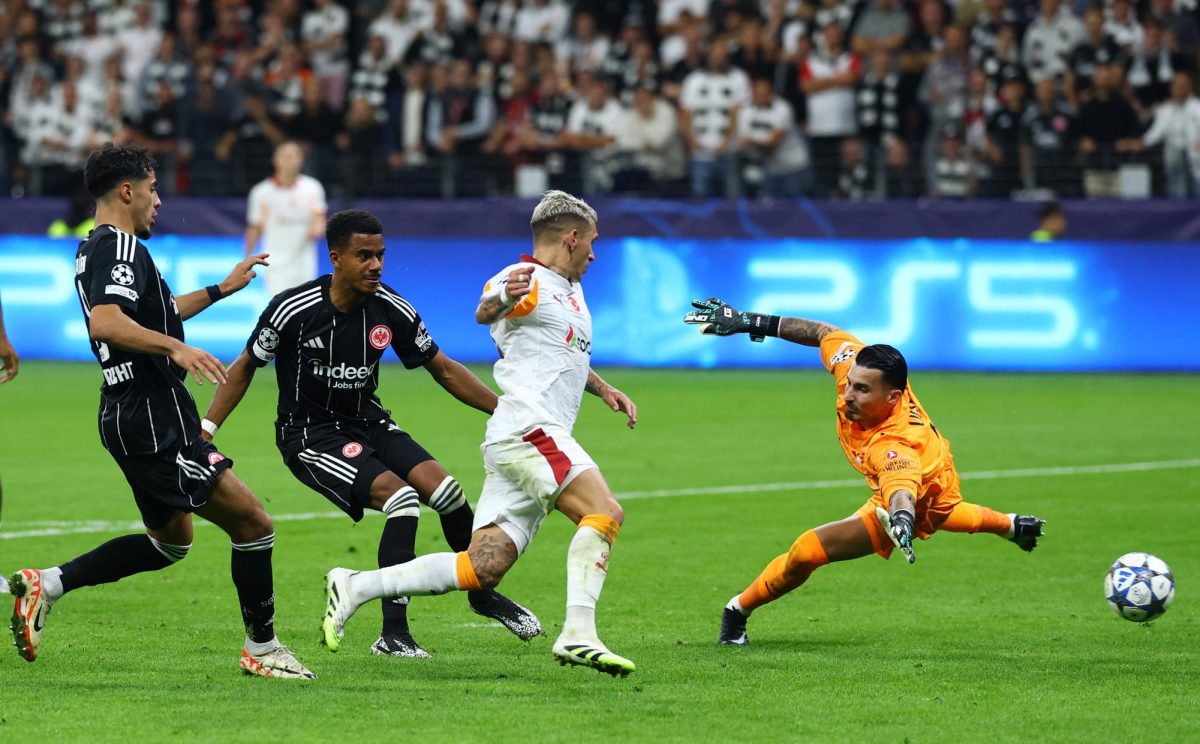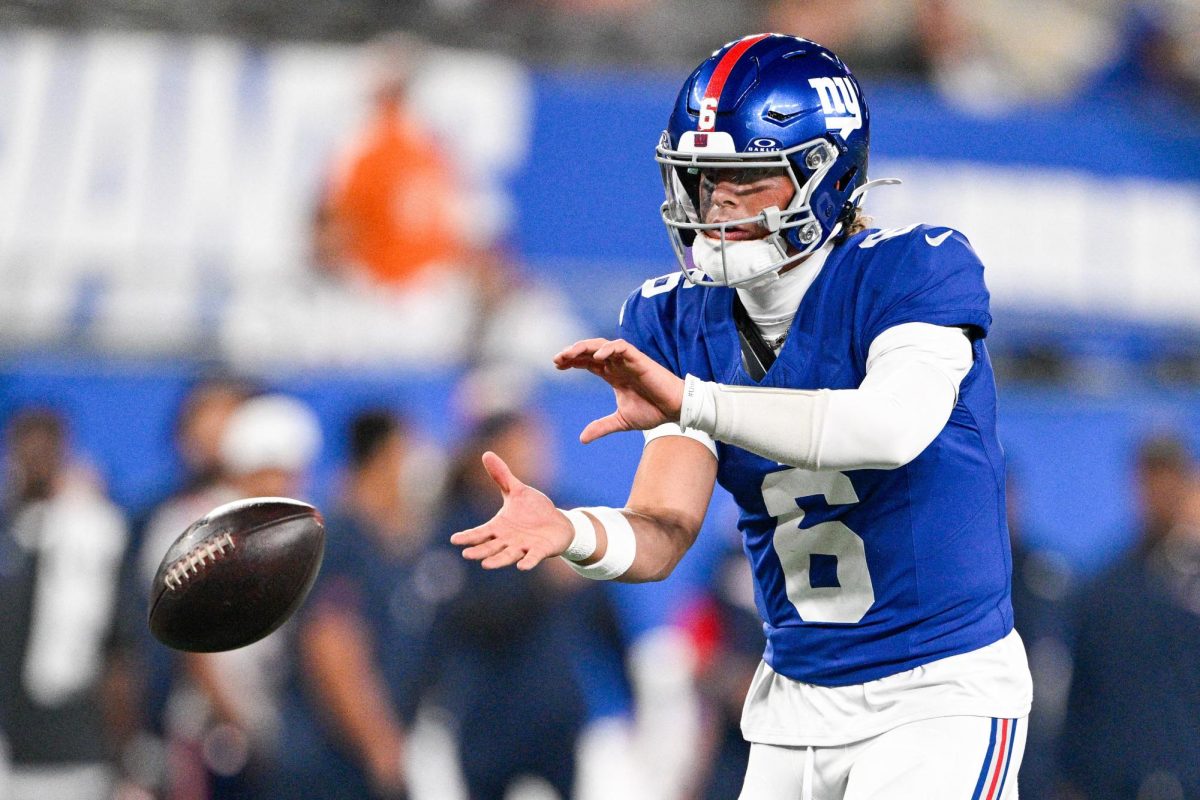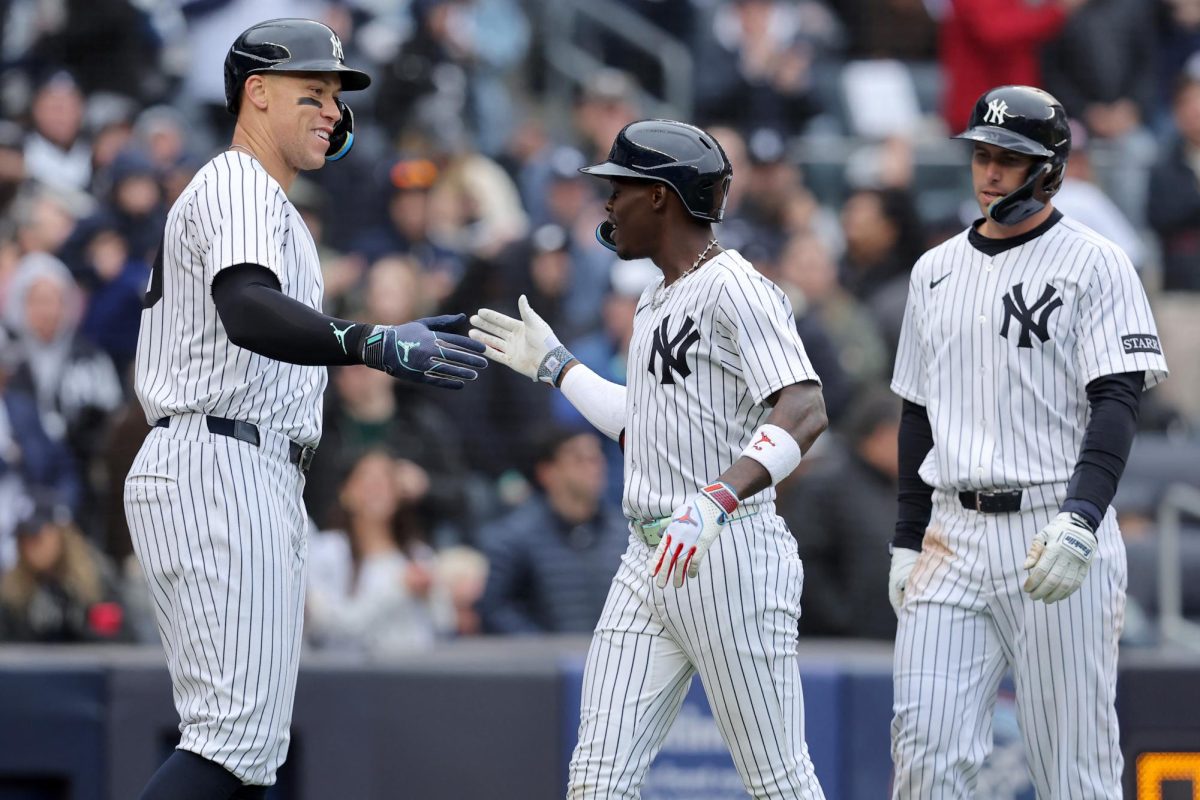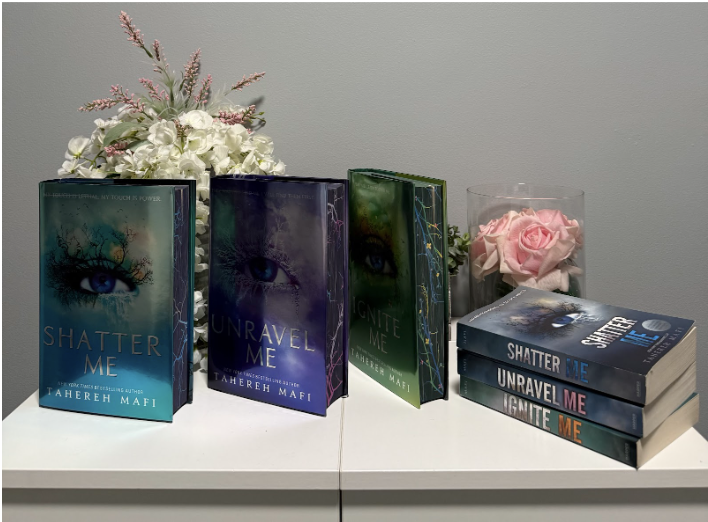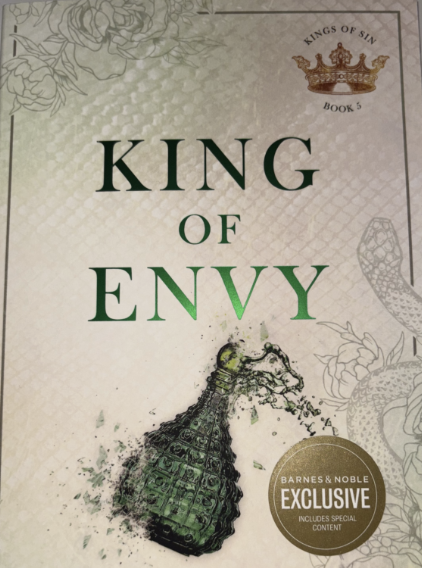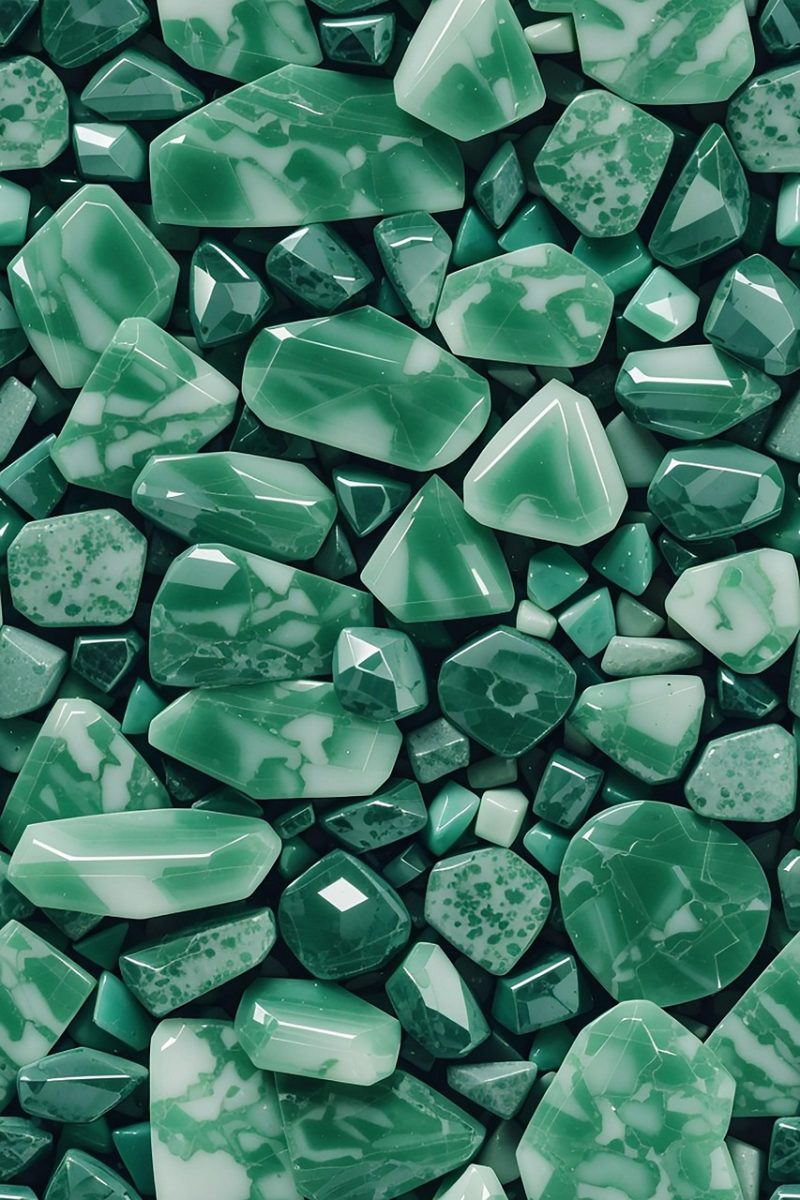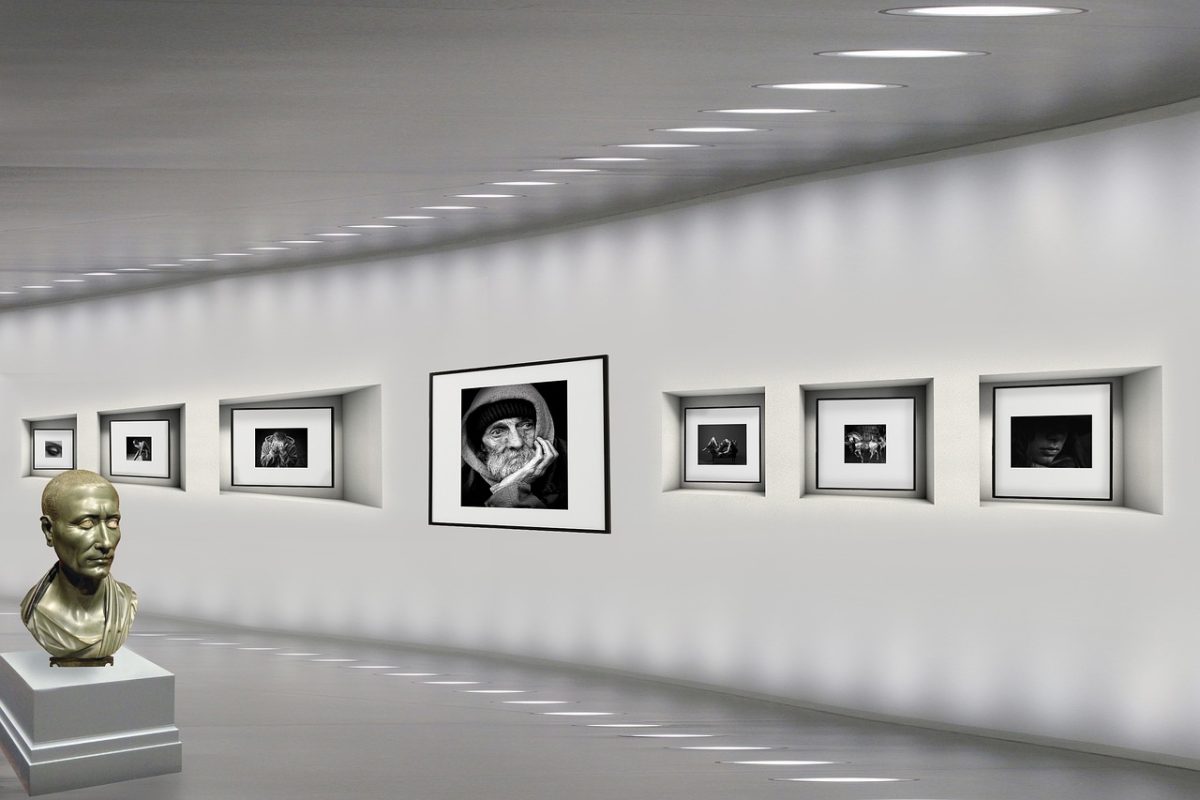They say there is sweetness in all beings on this earth, but the sweetest nectar mankind has ever tasted is born from sin. The Picture of Dorian Gray by Oscar Wilde is the story of a young boy’s path to moral corruption. The main character, Dorian Gray, is a man who unknowingly wishes to keep his youth forever at the price of his soul. The book follows the young boy’s journey as he asks to keep his beauty and youth forever upon seeing a portrait of himself drawn by his friend Basil. At Basil’s studio, by the cruel joke of fate, his prayer comes true. As Dorian’s friendship with a friend of Basil’s, Lord Henry, grows, he becomes filled with cynical ideas. While Dorian Gray becomes corrupt with sin, his crimes never taint his boyish beauty–instead, the portrait Basil created of Dorian becomes more hideous with each sin. Wilde uses the painting to depict Dorian’s soul.
Readers see the beginning of Dorian’s downfall at the start of his first love with a young actress named Sibyl Vane. What begins as a passionate love story ends cruelly in Dorian’s hands. After he promised the poor girl marriage and a happy life, Dorian Gray left her because she no longer excited him. Due to this betrayal, Sibyl Vane decided to take her life. At the hearing of this news, Dorian was neither sad nor sorry, but he proceeded to think her death poetic. He thought she died dramatically, beautiful like her art in the theaters. In this scene, readers see the beginning of Dorian’s transformation as he regards a tragedy as an amusing art. Consequently, this scene also depicts the first changes to Dorian’s portrait, when Sibyl Vane dies because of Dorian Gray, his portrait shows the first change as his innocent smile turns into a slightly evil smirk. These details in the plot later go on to fully depict Dorian’s downfall.
They protect their face from blemishes, but forget the sin that has stained their souls like the ink of a faulty pen. In my opinion, Dorian’s relationship with Sibyl Vane began as an innocent young love. She was indeed Dorian’s first love, but Sibyl Vane was not for Dorian a lover, but a transition period. Sibyl symbolized Dorian’s innocence and love-filled boyish days. Reflecting on the events from young Dorian’s perspective, I believe that Dorian Gray truly loved Sibyl Vane. Their relationship was young, wild, and innocent–similar to many nowadays high school relationships. If Dorian’s mind were not polluted with cynical ideas, he would not have left Sibyl Vane, but this is a crucial point in the book. If Dorian Gray had never left Sibyl Vane, the story would have been incomplete, emphasizing the importance of Sibyl in Dorian’s story as a transitional period.
Dorian and Sibyl’s relationship almost indirectly mirrors modern-day high school relationships. High school relationships are also young love, similar to the characters’ relationship, and high school relationships are a moment of transformation. High School relationships like Sibyl and Dorian’s connection are not guaranteed to last forever, but they are significant. Akin to Dorian’s story, our stories would be incomplete without these relations. In addition, how Sibyl and Dorian’s relationship ended mirrors the ends of high school relationships. Most young relationships end abruptly after their minds are occupied with doubts and uncertainties. After suck reflection, I credit Sibyl and Dorian’s bond to be pure and true. Towards the end of the book, Dorian Gray is seen to be at his lowest point. In all his beauty and glory, there was madness—a madness rooted in the fact that his face was nothing more than a mere mask—a key point in the book’s latter half is when Dorian murders Basil Hallward. Basil had visited the boy, hoping to confirm that he was still innocent and the tales of his corruption were a hoax. But innocence is no hope; when lost, it does not return. Innocence is a state, a state that Dorian had long left when he shattered the dreams of Sibyl Vane. After this murder, readers observe Dorian spiral into complete madness and paranoia. This murder was different from the murder of Sibyl Vane, because in this murder, Dorian fully accepted his truth with no remorse. From this point on, Dorian spirals deeper into despair and delusion. This scene demonstrates the last moments of Dorian’s innocence, as he commits his crime in the dark of the night, the last of his innocence leaves.
Wilde’s novel portrays the duality of men in two ways, one through Dorian’s face and his portrait, and the second through his inner conflict. First, the differences in his portrait and his face relate to a more real-world experience. The book depicts corruption behind a perfect facade. This idea is seen in many aspects of our modern-day society, not in wealthy figures but in a common, everyday man. Everyone is in a sort of facade, hiding their true selves from the eyes of society. More importantly, I believe the relationship between Dorian’s outer and inner faces also connects to politics and influential figures. It foreshadows how the ‘perfect’ people we see are all an illusion to delude us from the truth of a hideous person. On the other hand, the second way Wilde portrays duality is through Dorian’s inner conflict. This portrayal goes beyond mere literary analysis, it is a melancholy philosophy. Towards the end of the story, Dorian Gray aims to redeem himself when he realizes the weight of his mistake, but even in his poor attempts at redemption, he is persuaded by sin. This captures the tragic irony of Dorian Gray. This scene in the book beautifully encapsulates the point in a person’s tragedy where they long to be pure, but sin has tainted them to the point where there is no return.
Beyond corruption, Wilde discusses cynical ideas and the relationship between our actions. An essential part of this book is its indirect message connecting suffering to desire. Through Dorian Gray, readers perceive how his desires led to sin and sin led to desire. Lord Henry says in one point of the book: “One sins to stay young and sinning is the privilege of the rich, which the poor don’t have.” The desire to have all yet be unattached, the desire to go right in front of the fire but return unharmed, and the desire to commit mistakes to amuse oneself. These desires are explicit examples of what the book depicts. The book depicts Dorian Gray and Lord Henry’s delirious desires, and how they ultimately led to Dorian’s deterioration.
Every sinner is a madman, some more than others. The novel The Picture of Dorian Gray by Oscar Wilde exceptionally exemplifies this. It captures the tragedy of degeneration, the individuality of men, and the moral corruption through sin all in one. The story of a man’s soul becoming uglier with every transgression and his beauty staying preserved depicts moral corruption and how there is no escape from your wrongdoings. This book portrays the decline of Dorian’s morals as he lives a life of vanity and hedonism. Alongside the depiction of facades, this literary piece discusses fleeting innocence and inner conflict, specifically the tragedy of redemption. Dorian Gray was not just a character, but the living example of sin. If sin were to be a man, it would be Dorian Gray, an unlucky soul tossed in the web of desires and exploited, a rotting man hidden behind the mask of a young boy. And in the words of Lord Henry himself, “Sin is the only real colour element left in modern life.”


